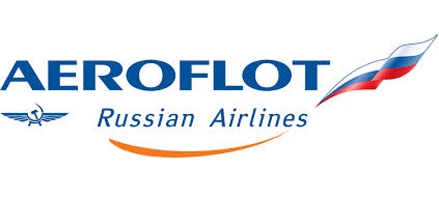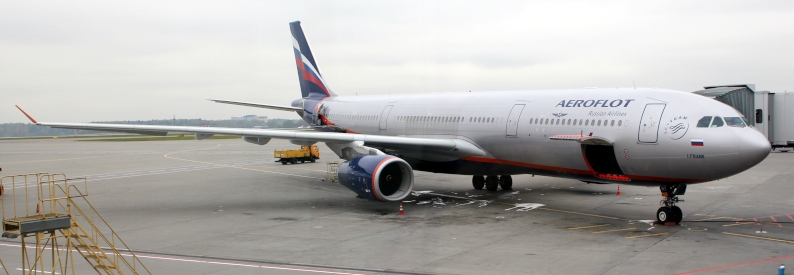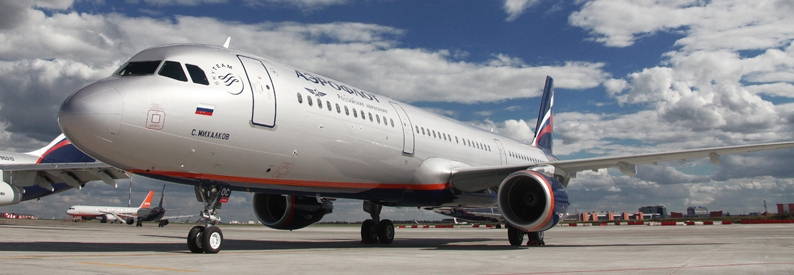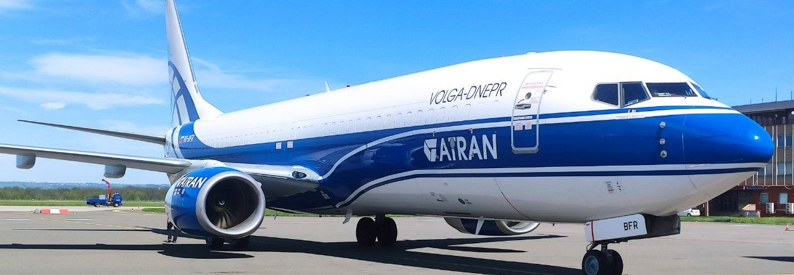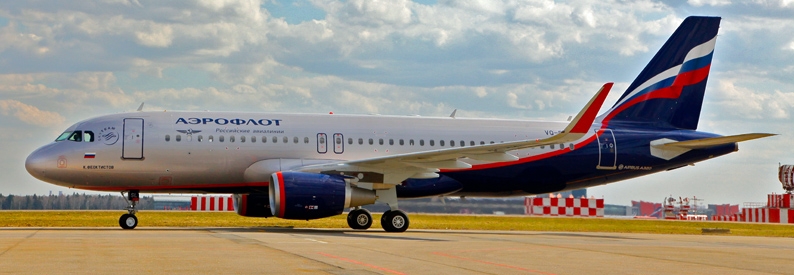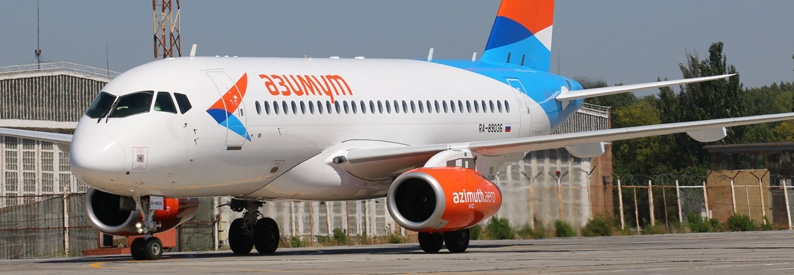Aeroflot (SU, Moscow Sheremetyevo) has proposed “creating a mechanism” for loans to be provided to Russia’s airlines at preferential rates, given the low margins of their business.
Speaking at a round table at the Federation Council, the country’s parliamentary upper house, on support measures for companies with state participation, Mikhail Fedosov, Aeroflot’s deputy chief executive for corporate governance, revealed that the majority state-owned flag carrier’s current banking and bond debt stands at about RUB111 billion rubles (USD1.2 billion) and the average rate for the entire portfolio is at 9%.
“Without going into detail, we have very low margins in air transportation - it has been like that historically - so we propose considering the possibility of creating a mechanism for lending to airlines at preferential rates,” he said, as quoted by the Russian news agency Interfax on October 31.
“As we understand it, given the current levels of interest rates, and taking into account the peculiarities in the latest changes in the key rate, we will unfortunately be forced to replace loans with new ones that must be repaid at significantly higher rates,” he elaborated.
All of Aeroflot’s main spending categories show a clear upward trend, he said, including aircraft leasing and airport tariffs, and jet fuel prices have risen especially sharply.
“The most important challenge for us today is probably the high cost of aviation fuel. It is partially smoothed out by the fuel damper mechanism, but we must understand that current prices are at a level of about RUB70,000 [USD760 per metric ton]. This is the average for this year, and at the moment it is about RUB82,000 [USD890], while the prices in 2019-2020 were RUB40,000 [USD434] - an approximately twofold increase. It should be noted that the share of costs for fuel and lubricants for the airline is about 35%,” Fedosov said.
Also on October 31, Aeroflot published its financial statements for the first nine months of 2023, showing that it suffered a net loss for the period of RUB94.64 billion (USD1.03 billion), “inclusive of the effect of exchange rate revaluations,” against a profit of RUB58.38 billion (USD634 million) a year earlier. Without taking into account the impact of negative exchange rate differences, it would have posted a net profit, it said.
- Type
- Base
- Aircraft
- Destinations
- Routes
- Daily Flights
